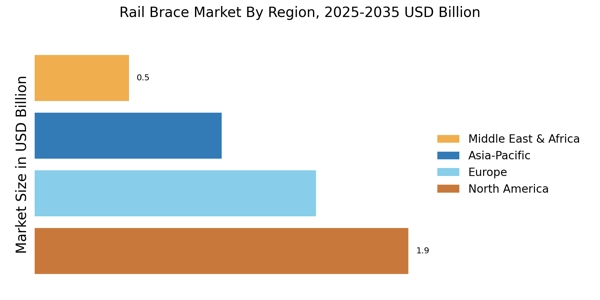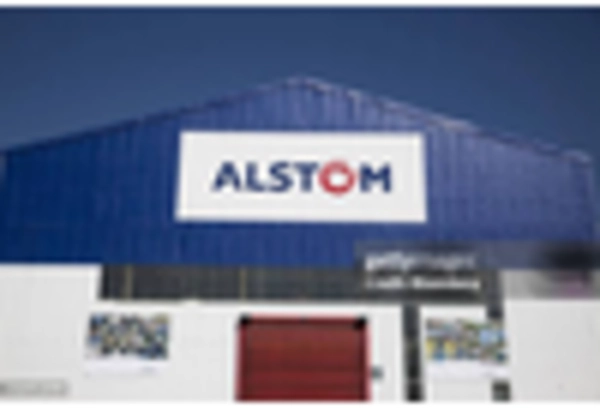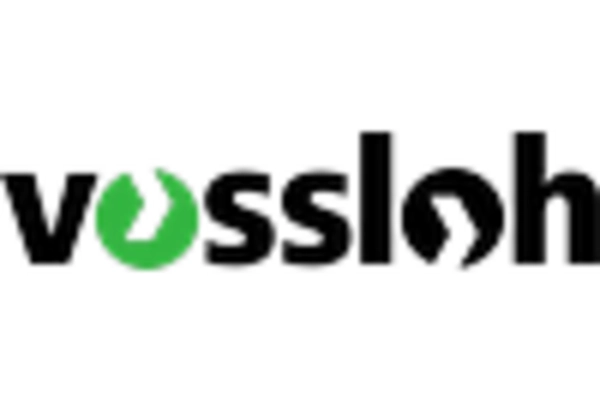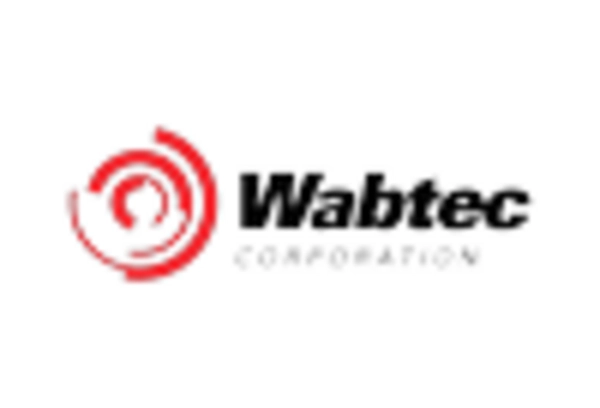Rail Brace Market Summary
As per Market Research Future analysis, the Rail Brace Market Size was estimated at 4.759 USD Billion in 2024. The Rail Brace industry is projected to grow from 4.942 USD Billion in 2025 to 7.205 USD Billion by 2035, exhibiting a compound annual growth rate (CAGR) of 3.84% during the forecast period 2025 - 2035
Key Market Trends & Highlights
The Rail Brace Market is poised for growth driven by safety enhancements and technological advancements.
- North America remains the largest market for rail braces, driven by extensive rail networks and infrastructure investments.
- Asia-Pacific is the fastest-growing region, reflecting a surge in rail transportation demand and modernization efforts.
- The Fixed Rail Brace Market segment dominates the market, while the Dynamic Rail Brace Market segment is experiencing rapid growth due to evolving safety standards.
- Key market drivers include increased demand for rail transportation and regulatory compliance, which are shaping the industry's future.
Market Size & Forecast
| 2024 Market Size | 4.759 (USD Billion) |
| 2035 Market Size | 7.205 (USD Billion) |
| CAGR (2025 - 2035) | 3.84% |
Major Players
Vossloh AG (DE), Amsted Rail Company (US), Siemens AG (DE), Alstom SA (FR), Bombardier Inc. (CA), Wabtec Corporation (US), Knorr-Bremse AG (DE), Trelleborg AB (SE), Schneider Electric (FR)


















Leave a Comment